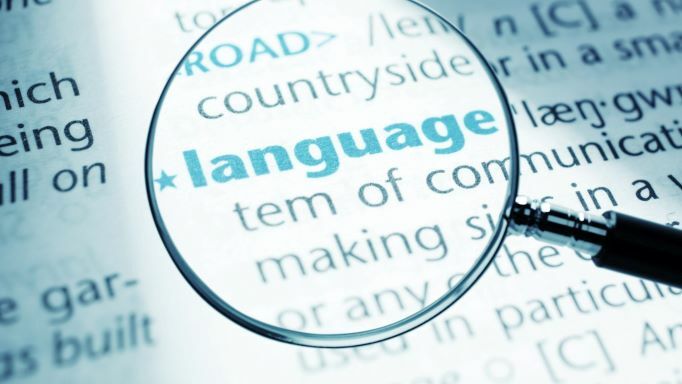Plain language gets results
The plain language movement aims to make information accessible to a wider audience. Simple language and a clear structure make documents easier to understand on the first read. People are more likely to engage with information that they can readily understand and to follow clear instructions.
In this article I want to explain how to write in plain language so that you can get better results with your team. Firstly, let’s look at the business benefits of plain language.
Benefits of plain language
Some people mistakenly believe that plain language “dumbs down” communication. They think that more educated readers will react negatively to simple language or that complex language makes the writer look smarter. Of course, there are situations where technical or academic language is necessary, but research shows that professionals prefer plain language for routine business communication. What are the other business benefits of plain language?
1. Efficiency
If your people understand your communication the first time they read it, it saves time because they don’t need to ask questions.
2. Credibilty
Plain language creates a perception of transparency and credibility and builds trust with customers and with your team.
3. Clarity
You need clarity of thought to write in plain language. If you’re crystal clear in your communication, it’s more likely your team will understand your expectations. It can be quite challenging to write in plain language but keep reading for tips to help you succeed.
How to write in plain language
The Plain Language Act 2022 has recently become law in New Zealand and promotes the use of plain language to improve the accessibility of information in the public service. The Act defines plain language as language that is:
(a) appropriate to the intended audience; and
(b) clear, concise, and well organised.
Follow the steps in the table below to improve the readability of your communication.
| 1. Know your audience | - write for your reader and not for yourself - what is their level of understanding of the topic? - what do they need to know? |
| 2. Use a clear structure | - state your main point first and then go into detail, with a logical structure - limit each paragraph to one idea and keep it short - use short sentences (15 to 20 words) - use headings, lists and tables to make reading easier - be succinct and eliminate unnecessary words |
| 3. Use everyday language | - use simple words that your audience is familiar with - avoid jargon, acronyms and technical words (if you must use them, explain their meaning) - use active sentences ("I will approve the budget"), rather than passive sentences ("the budget will be approved") |
You can use the Editor function in Microsoft Word to help you improve the readability of a text. The link below connects to instructions for using this function and an explanation the readability scales.
Document readability statistics
Once you activate the readability feature, Word will display a dialog box with the readability statistics of your document. See the example below:

To create a text that’s accessible for the majority of adults, aim for the following targets:
- Flesch Reading Ease score of 60 or more
- Flesch-Kincaid Grade Level of 8 or lower
Examples of plain language
The table below shows examples of texts with plain language versions beside them. Which versions do you think are clearer?
| original text | plain language text |
| Should the employee be unable to work during his/her scheduled hours of work, or be delayed in arriving at work on time, he/she must notify the employer within the first hour of the work day, unless there are extenuating circumstances that prevent this. | If you can’t come to work, or you’re going to be late, you must phone your manager as soon as possible. |
| Any reasonable business expenses you incur while carrying out the business of ABC Ltd will be reimbursed by the company upon production of receipts or tax invoices for the expenditure and subject to approval from your manager. | We will pay you back for items that you pay for on behalf of the company. You must have permission from your manager to buy these items and you must give us a receipt. |
Practical applications
When you communicate with employees about performance expectations, plain language helps to ensure that they have the same understanding as you about what “good performance” looks like. Have a look at the documents you use to describe good performance to your people, including job descriptions, goals, key-performance indicators and policy manuals. How would you rate the readability of these documents? Would a more readable version make your expectations clearer?
Summary
Plain language business communication makes sense because it saves time, builds trust, and minimizes confusion and misunderstandings. To successfully write in plain language, put yourself in the shoes of your audience, use everyday language and a clear structure, with short sentences and paragraphs.
Posted: Monday 28 November 2022
Recent Posts
Archive


